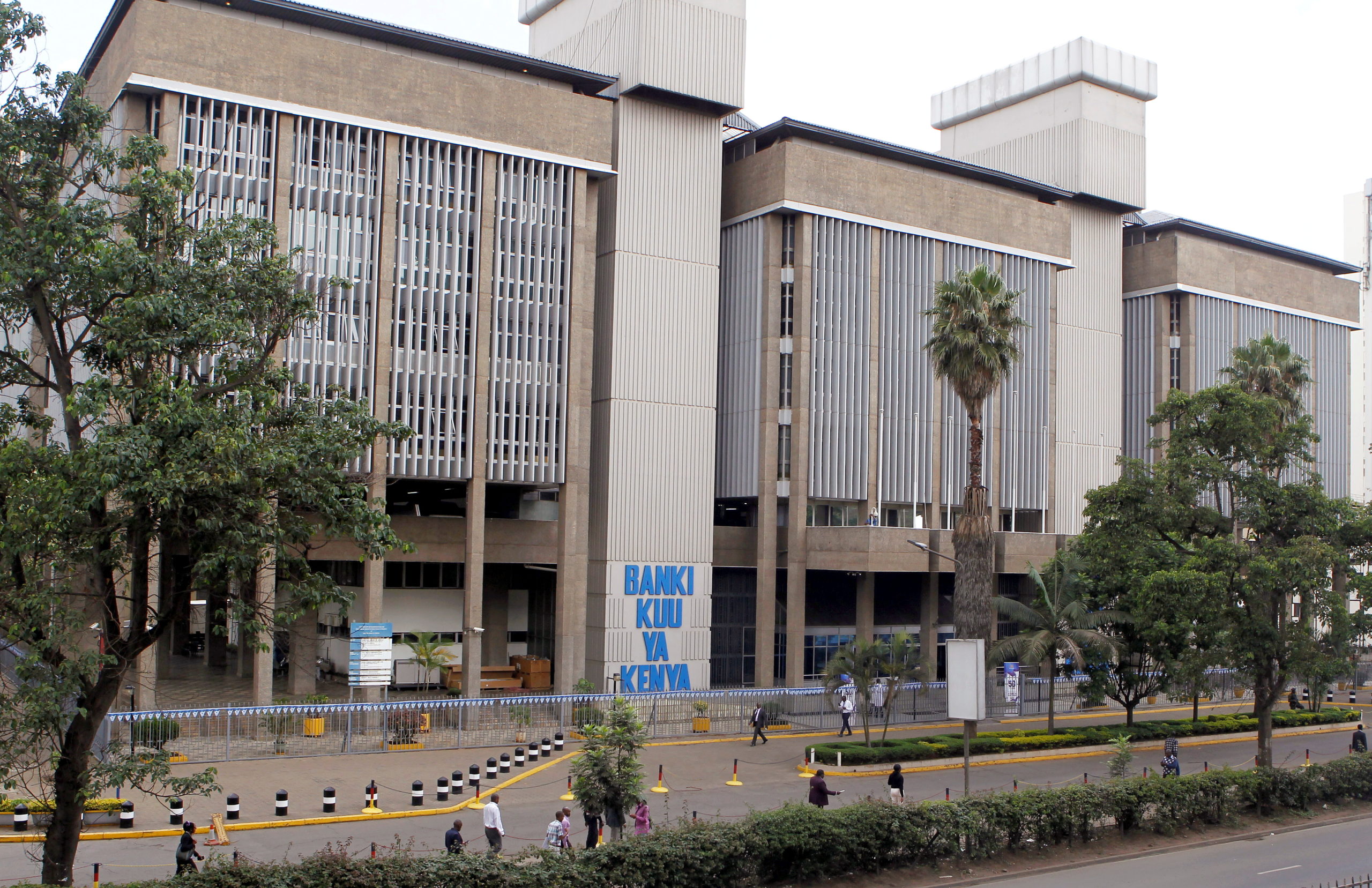The Central Bank of Kenya (CBK) has proposed a new pricing framework that would anchor all bank lending rates to the Central Bank Rate (CBR).
This marks a major policy shift away from the Risk-Based Credit Pricing Model (RBCPM), introduced in 2019 to improve transparency and fairness in credit markets.
CBK argues that using CBR as the base rate will strengthen monetary policy transmission and promote consistency in credit pricing across the banking sector.The ongoing consultative process, in which the Kenya Bankers Association (KBA) has instead proposed a base rate derived from the two-month average of the overnight interbank rate, represents the next phase in Kenya’s evolving approach to interest rate policy
In the regulator’s proposed framework, lending rates would be calculated as: Lending Rate = CBR + Premium (“K”)
The premium includes:
Operating costs tied to lending — such as salaries, depreciation, maintenance, and occupancy.Expected return to shareholders from lending operations.Borrower-specific risk premiums, based on detailed credit scoring models.
Banks would have to submit their proposed “K” to CBK for review and approval. CBK will then publish the components of each bank’s premium on its website, the Total Cost of Credit platform, and in two national newspapers.
The proposal applies to all loans defined under CBK’s prudential guidelines, including Personal and business loans, credit cards and overdrafts, residential and commercial mortgages, project finance and hire purchases The apex bank proposes immediate implementation for new loans, with a 3-month transition period for existing ones.
Why CBK Is Moving From the RBCPM
CBK launched the RBCPM five years ago as part of its Kenya Banking Sector Charter, which aimed to embed responsible lending, customer-centric business models, and ethical banking. The model allowed banks to price loans based on a combination of base rates, borrower risk, and additional charges.
However, CBK’s assessment found that many banks had failed to implement the model as intended. According to the consultative paper, “some banks did not apply RBCP model pricing to some credit facilities such as mobile loans, cash backed facilities, facilities under funded schemes and facilities under the Government-to-Government arrangements.”
Additional shortcomings included:
Unrealistically high model outputs that forced banks to apply internal discounts.Infrequent updates to cost variables.Imposition of unapproved charges like commitment fees and late penalties.Lack of proper board oversight or credit pricing documentation.
CBK noted that “most of the banks use 6 to 12 months average cost of deposits in computation of the cost of funds,” a practice that kept lending rates elevated even when the CBR dropped.
Why CBR Over the Interbank Rate?
CBK evaluated two options: using either the CBR or the interbank rate as the common reference point. The Kenya Bankers Association (KBA) had suggested a new “Kenya Base Rate” derived from the two-month average of the overnight interbank rate. However, CBK dismissed this approach.
CBK cited several reasons for rejecting the interbank rate:
It is prone to volatility, especially during periods of tight liquidity.It reflects short-term liquidity conditions, not true funding costs.It is backward-looking and does not reflect forward monetary policy intentions.
In contrast, CBK described the CBR as “forward looking…and announced, in most cases, every two-months, which gives banks sufficient time to effectively effect changes in their lending rates.”
The CBR also reflects broader macroeconomic indicators — including inflation and GDP output gaps — and is already used to guide open market operations.
CBK is currently seeking feedback from banks and the public, emailed to [email protected] or delivered in hard copy to CBK’s Bank Supervision Department in Nairobi.
This consultative stage represents the next phase in Kenya’s evolving approach to interest rate policy. The proposed changes could bring greater consistency to how credit is priced — and how policy reaches the real economy.
CONSULTATIVE-PAPER-ON-REVIEW-OF-THE-RISK-BASEDDownload


